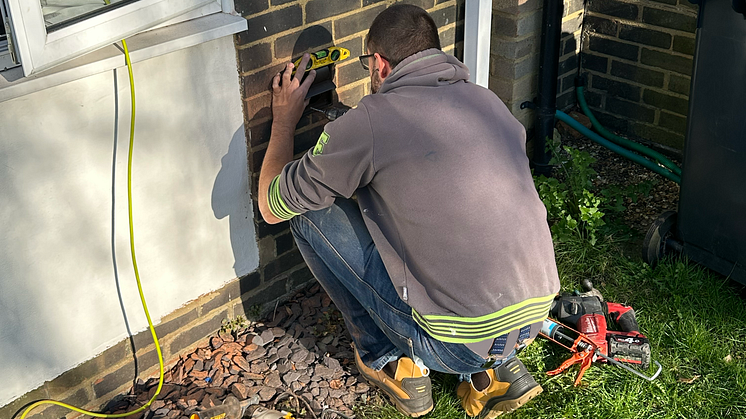
Press release -
Protecting Your Property from Mould: The Role of Passive Ventilation
Understanding the significant impact that mould and damp can have on both the structural integrity of your property and the health of its occupants. Implementing effective Extraction and ventilation Services greater London systems is a crucial strategy in mitigating these issues.
Understanding Passive Ventilation
Passive ventilation refers to the natural movement of air through a building without the use of mechanical systems. This process relies on natural forces such as wind and thermal buoyancy to facilitate airflow, promoting the exchange of indoor and outdoor air. Unlike active systems, passive ventilation operates without energy consumption, making it both cost-effective and environmentally friendly.
How Passive Ventilation Combats Mould Growth
Moisture Control: Proper airflow helps in evaporating excess moisture, thereby reducing the likelihood of condensation on walls, windows, and other surfaces. Effective moisture control through passive ventilation can be the defining factor between a home plagued with mould issues and one that remains mould-free.
Temperature Regulation: Mould thrives in warm, humid environments. Passive ventilation aids in maintaining a balanced indoor temperature by allowing cooler external air to replace warmer indoor air, thus creating conditions less conducive to mould proliferation.
Contaminant Removal: Continuous air exchange facilitated by passive ventilation helps in expelling indoor pollutants, including mould spores. This reduces the concentration of spores settling on surfaces and diminishes the potential for mould development.
Implementing Passive Ventilation in Your Property
To effectively utilize passive ventilation for mould prevention, consider the following strategies:
Strategic Placement of Openings: Designing windows and vents on opposite sides of a room can facilitate cross ventilation, promoting efficient airflow across the space.
Utilization of Ventilation Grilles and Airbricks: Installing these features can enhance airflow within concealed spaces like wall cavities and underfloor areas, preventing moisture buildup in these typically stagnant zones.
Incorporation of Architectural Features: Elements such as clerestory windows, vented skylights, and windcatchers can be integrated into building designs to optimize natural ventilation.
Limitations and Considerations
While passive ventilation offers numerous benefits, it's essential to recognize its limitations:
Climate Dependency: In regions with high humidity, relying solely on passive ventilation may inadvertently introduce moist air, potentially exacerbating mould issues. In such cases, supplementing with mechanical ventilation or dehumidifiers might be necessary.
Building Design Constraints: The effectiveness of passive ventilation is influenced by the building's design, orientation, and surrounding environment. Retrofitting existing structures may require careful planning to achieve optimal results.
Conclusion
Implementing appropriate passive ventilation is a proactive and sustainable approach to safeguarding properties against mould growth. By facilitating natural airflow, passive ventilation reduces moisture accumulation, regulates indoor temperatures, and expels potential contaminants. However, it's crucial to assess individual building characteristics and local climatic conditions to determine the most effective ventilation strategy. In some scenarios, combining passive methods with mechanical systems may offer the best protection against mould, ensuring a healthy and comfortable living environment.
At Treat Mould LTD, we specialize in comprehensive mould remediation, mould treatment, damp treatment, and ventilation Services greater London solutions tailored to your property's unique needs. Our expert team is dedicated to providing effective strategies to prevent and address mould and damp issues, ensuring the longevity of your property and the well-being of its occupants.
